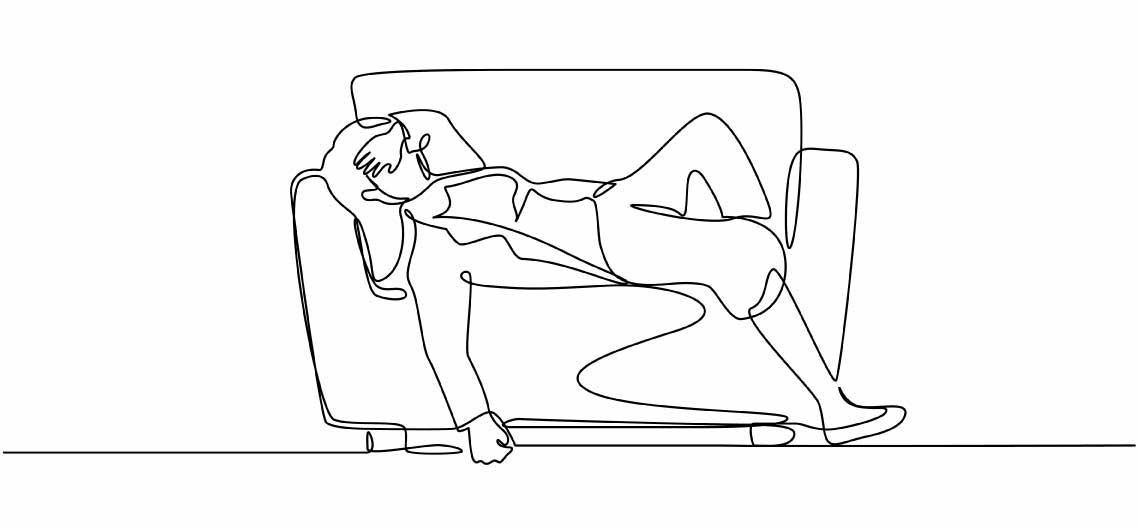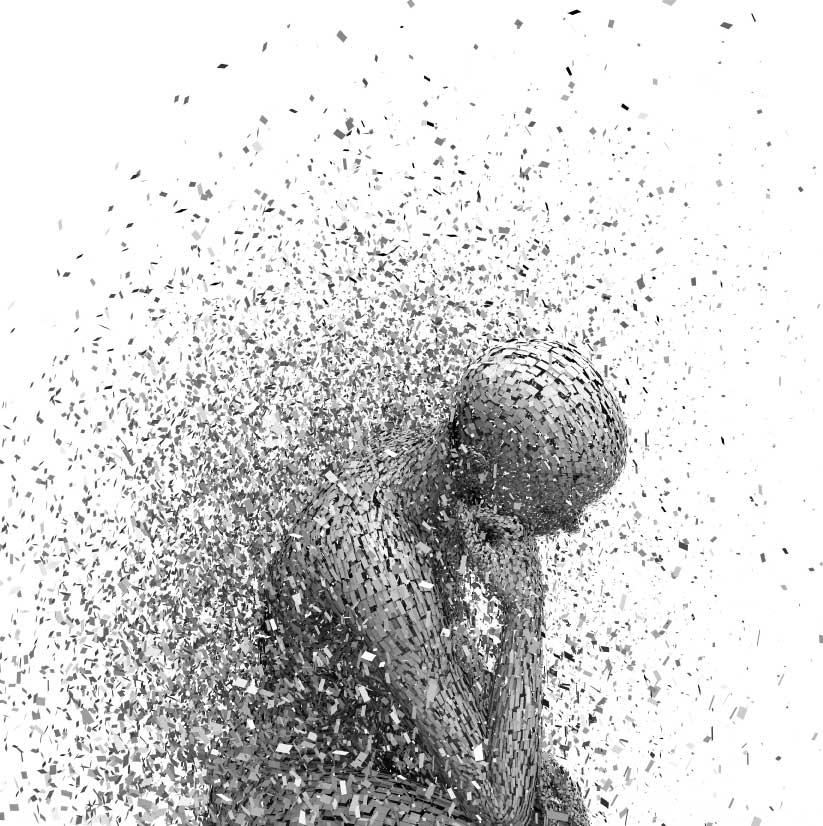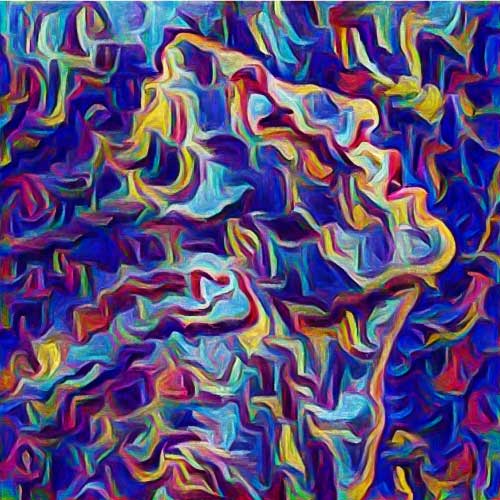Why Physical Symptoms
Why do we get so many physical symptoms in response to nervous system dysregulation?
Currently, I suspect there are four primary reasons that we end up with physical symptoms as a result of fear, trauma, and emotional repression:
- We end up in a fear-symptom cycle that spirals out of control.
- Our bodies can’t function as well when they’re in a chronic fight/flight/freeze state.
- Our bodies are distracting us from the underlying issue and trying to keep the fear, trauma, and emotions repressed.
- Our bodies are overwhelmed.
Read on to learn more about each of these possibilities.
The Fear-Symptom Cycle
The idea here is basically that, because our body had some symptom in the past, we end up in a symptom-fear cycle that continues to re-trigger the symptom. For example, the body may have learned that a physical symptom, like back pain or a migraine, will get us away from an external “threat.” Alternatively, a person may have been physically injured by something like a car accident or blowing out a knee in sports. As soon as we start to feel twinges that are reminiscent of the original injury or symptom, we start to be fearful that we’ve done something wrong and have re-injured ourselves, or we’re worried that the physical symptom is returning, or we’re worried that the twinge is a sign that something is wrong with our bodies.
Once we start to feel fear, the body responds by exacerbating the pain or symptom because that’s what it learned to do in the past. As the pain or symptom get worse, so does our fear. We end up spiraling with stronger and stronger fears and more severe symptoms. The more we find ourselves in the fear-symptom cycle, the more easily it’s triggered and the worse it can become—all because our nervous system has developed a learned response to always have this reaction.
Some people may only need to retrain their systems to break the cycle and stop feeling the pain or having the symptom. I’ve seen a few programs that focus only on brain retraining and many people seem to respond well to this. The primary aspect of such work is to stop feeling the fear, relax the nervous system, and recognize that those early twinges have no meaning and aren’t something to fear.
This was a key component in my own recovery, but I don’t believe that I could have recovered without also doing the emotional work. My guess is that people who were able to recover only from brain retraining are probably people who are better able to feel and process their emotions and whose primary fears are the pain and symptoms. The rest of us need to retrain our nervous systems and deal with our repressed emotions.
You can read more about the differences of these two categories here.
The body can’t function as well in fight/flight/freeze states
Our bodies are so physically overwhelmed from being in a chronic fight/flight/freeze, that they literally cannot keep functioning properly (rest-and-digest problems anyone?). Any physical system that’s overstressed will first start to crack and crumble and then it will completely break. Our bodies are no different. When we’re constantly fearing our emotions, the external sources that trigger our emotions, and the physical symptoms we get as a response to our repressed emotions, will keep our bodies in the chronic, over-stressed state of fight/flight/freeze.
It’s reasonable to expect that any system within our bodies that is naturally shut down during the fight-or-flight response is going to struggle to function if one’s system is in that state chronically. And bodily systems that are overused because of the chronic fight-or-flight state will also be fatigued and likely cause other symptoms in the body. The solution here is to calm the nervous system. This can include processing emotions , brain retraining , meditation , and anything else that allows the body and nervous system to relax.
The body is distracting you from an underlying issue
Our bodies are trying to get us away from the external conditions that are triggering the emotions we can’t feel. For example, someone screws us over at work, and since we can’t get angry with that person, our body creates a migraine or a terrible back spasm to get us away from the person and situation. As we get used to migraine or back pain and are able to work through the pain or subdue it with medication, the pain will get worse and/or we’ll develop some new symptom that will force us back to bed and away from the “threatening” person or situation. We may have even developed a literal fear of emotions, and so in addition to having and repressing the emotion, we’ve also added more fear into the mix.
To fix this, we need to acknowledge and process previous emotions that have been festering inside us for months, years, or even decades; we need to learn to properly feel our emotions in real time; and we need to retrain our brains not to feel threatened by these situations.
Overwhelm
Our bodies are crying out for attention to address the repressed thoughts and emotions. We have repressed thoughts and emotions, and they can’t leave the body until we’ve processed them. They just keep piling up, and the nervous system is terrified of them. The bigger the repressing pile gets, the more the nervous system needs us to address it.
Our nervous systems will start pulling out all the stops to get us to do something about the massive pile of repressed thoughts and emotions, but our bodies only have so many ways of communicating with us. If less stressful physical responses don’t work, then our bodies have to start being more aggressive to get our attention.
And so we end up in pain and with numerous other symptoms that the body is using to try to get our attention. As with #1, we need to acknowledge and feel the repressed thoughts and emotions. JournalSpeak is the best method I’ve found for processing repressed emotions. We also need to learn that emotions are not something to fear and that it’s safe to feel them. Addressing this will help us better deal with the external situations without resorting to numerous symptoms.
Learn more
In the articles below, I dive deeper into topics, tools, and techniques regarding this component of healing. This is where I share what I did to heal and where I’ll add updates as I learn new information on these issues. So make sure to look through these posts as well.
Other Resources
The Healing Pathways Newsletter
Get the latest posts and information about how to heal and reset your nervous system by signing up for the newsletter.





